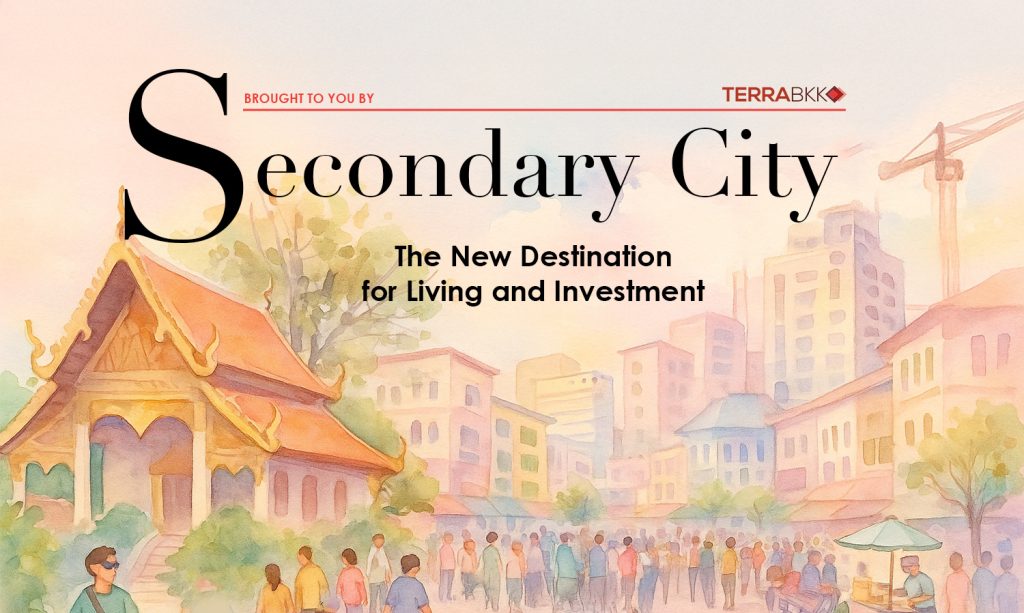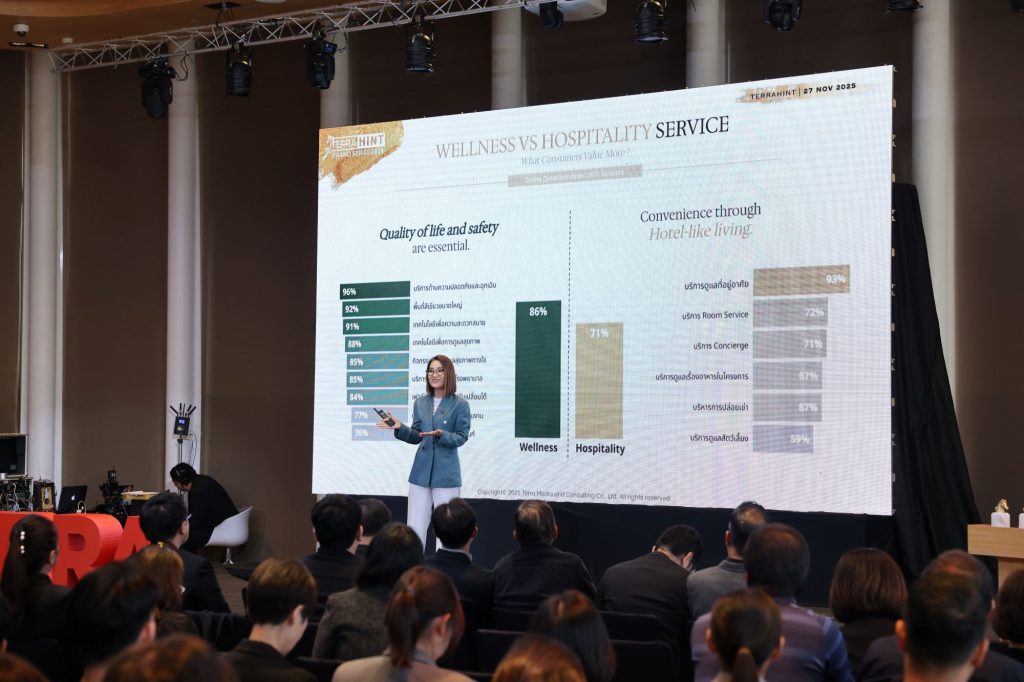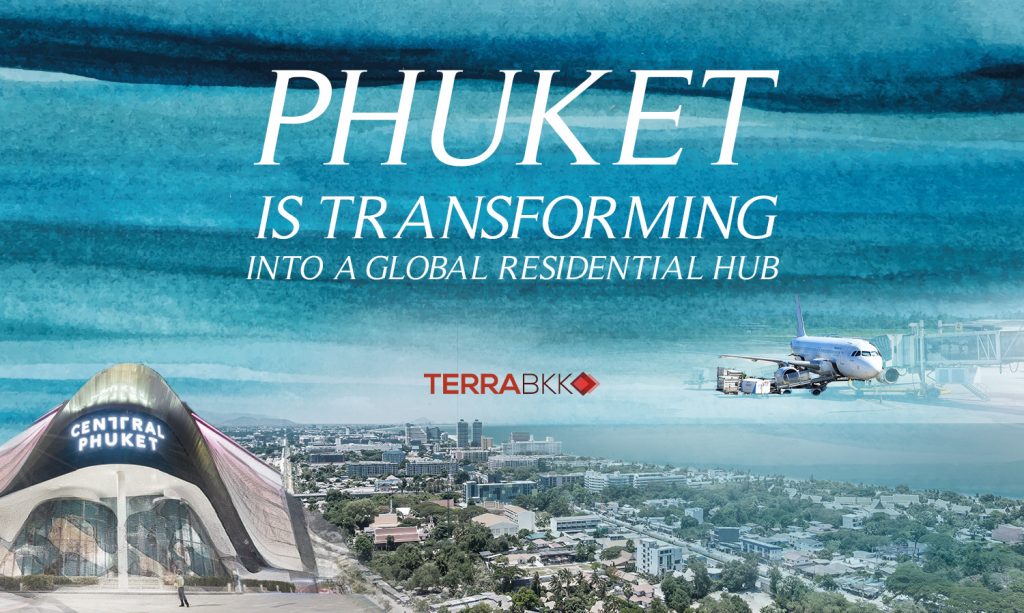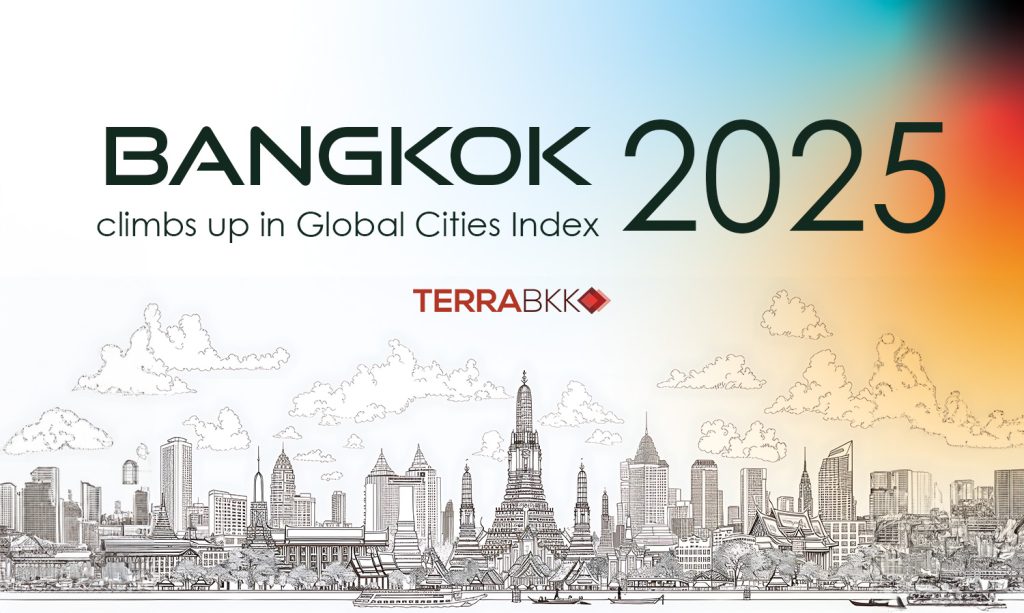NEWS & EVENTS

We are in a new era when consumer behavior is evolving rapidly and major cities are becoming increasingly crowded. The growing cities come with rising living costs and lesser land areas. People are seeking lands that offer good quality of life and have strong investment potential. Thus, “secondary cities” are no longer places that have been neglected — they emerge as the next destinations for both homeowners and property investors.
Secondary cities refer to cities that are not the “primary hubs” of each region, nor top-tier tourist destinations like Bangkok, Phuket, or Chiang Mai. Yet, these cities possess their own unique appeal — tranquility, pleasant environments, affordable living costs, and untapped business opportunities. Moreover, they are supported by government initiatives such as “Travel Thailand to Secondary Cities”, “the “Half-Half Travel Co-payment Scheme,” and Travel for Tax Return which provide exclusive benefits for accommodations and spending in these secondary cities.
The Rising Trend of Domestic Tourism in Secondary Cities
According to the Kasikorn Research Center, Thai domestic travel in 2025 is expected to reach 205 million trips, up 2.2% from the previous year. Although the growth rate has slowed, the share of trips to secondary cities continues to rise — projected to reach 41.4% in 2025, up from 32.3% before COVID-19. Several secondary provinces, such as Suphan Buri, Chiang Rai, Samut Songkhram, and Ubon Ratchathani, now welcome over 2 million Thai tourists per year, surpassing some primary cities.
The average spending per trip in secondary cities is about 2,800 THB per person, lower than the 5,000 THB average in major destinations. This clearly reflects more affordable living costs and housing expenses in these cities.
In the second half of 2025, domestic travel is expected to continue growing, albeit at a slower pace of 1.4% year-on-year. Even with the campaigns such as “Half-Half Travel Co-payment Scheme” which help reduce accommodation and dining costs, the secondary cities still face challenges from a slowing economy, unpredictable weather, and growing competition from international destinations.
Throughout 2025, growth will remain uneven across regions, with secondary cities — or “hidden gem” destinations — gaining more traction among Thai travelers.
Key Drivers Behind the Rising Popularity of Secondary Cities are:
– A desire to escape the congestion of large urban centers
– The appeal of the slow-paced lifestyle
– The power of social media in showcasing new destinations
– The flexibility of remote work, allowing people to live anywhere
– Lower living costs combined and better quality of life
Moreover, there is a growing trend of one-day trip travel, with over 51% of domestic tourists opting for non-overnight trips — a shift that is also stimulating demand in both the service and real estate sectors.
Secondary Cities and Real Estate Investment Opportunities
Over the past few years, Thailand’s real estate market underwent a major shift. While investment traditionally concentrated in major cities like Bangkok, Chiang Mai, or Phuket, secondary cities are now emerging as promising new frontiers. They offer strong growth potential and attractive investment opportunities.
Nowadays, the secondary cities stand out among people seeking for better living quality, affordable expenses, and improved connectivity. With lower land price and construction costs, investors benefit from the lower entry barriers, while the potential for long-term growth remains high — in part to the ongoing infrastructure and economic developments.
Key Factors Driving the Property Market in Secondary Cities
1. Expanding Infrastructure
The Thai government continues to promote infrastructure development in secondary cities — from high-speed rail projects (ex. Bangkok–Nong Khai), new motorways, regional airports, and enhanced public transport connections. These efforts shorten travel times between Bangkok, other major cities, and secondary cities. For example, the Khon Kaen–Nong Khai double-track railway made interprovincial travel in the Northeast much more convenient, fostering both population mobility and investment opportunities.
2. Changing Consumer Lifestyles
The rise of hybrid and remote work has encouraged many young professionals to relocate to cities with better environments, affordable costs, and digital connectivity. According to a 2024 DDproperty survey, 28% of prospective homebuyers plan to move outside major cities — particularly to secondary provinces such as Lampang, Phitsanulok, and Surat Thani.
3. Lower Investment Costs
Land prices in secondary cities remain significantly lower than in major hubs. For instance, land in parts of Nakhon Si Thammarat costs around 15,000–30,000 THB per square wah, compared to 100,000 THB or over in Bangkok. This makes mid-range housing or condominium projects in secondary cities more cost-effective, with faster return-on-investment potential.
Tangible Real Estate Opportunities in Secondary Cities
1. Mid- to Lower-End Condominiums
While condominiums may not yet dominate some provinces, the demand for flexible, low-maintenance living is rising — especially among working professionals and students. For example, Khon Kaen, home to major universities and medical centers, has seen a surge in new condo developments within a 2–3 km radius of the city center.
2. Low-Rise Housing Developments
In many secondary cities, detached homes and townhouses remain the main market — particularly for families expanding within their hometowns. Developers can focus on mid-sized projects (30–50 units) at accessible price points, achieving net profit margins of 20–25% with effective cost management.
3. Rental Properties for Steady Income
In provinces that serve as administrative, industrial, or tourism hubs — such as Rayong, Lamphun, or Nakhon Ratchasima — long-term rental demand remains stable. Investment in rental homes or apartments can yield average returns of 5–7% annually, which outperforms traditional savings or certain mutual funds.
The New Reality: From “Secondary” to “Primary”
Secondary cities are no longer the second option. Real estate in these areas has transformed from being an alternative option into a major opportunity — offering an ideal balance of affordable living, high quality of life, and long-term growth potential. For homebuyers, these cities represent a place of good value and better well-being. For investors, they offer cost efficiency and untapped potential. Thailand’s secondary cities are definitely stepping into the spotlight — not as merely the “backup plan,” but as the next chapter of living and investment.




